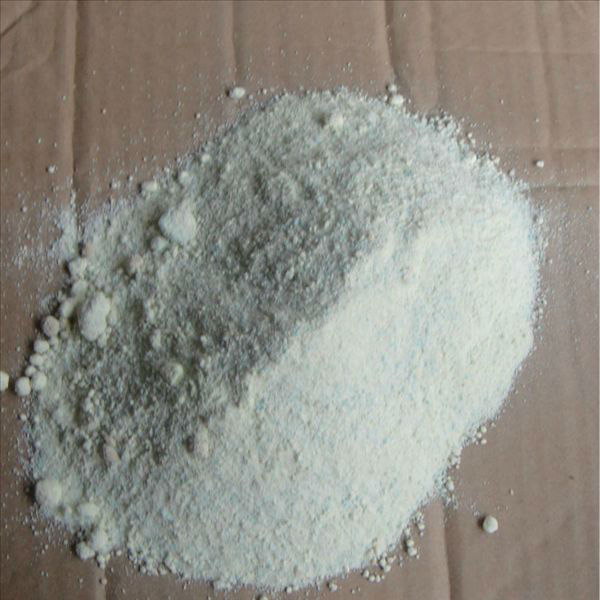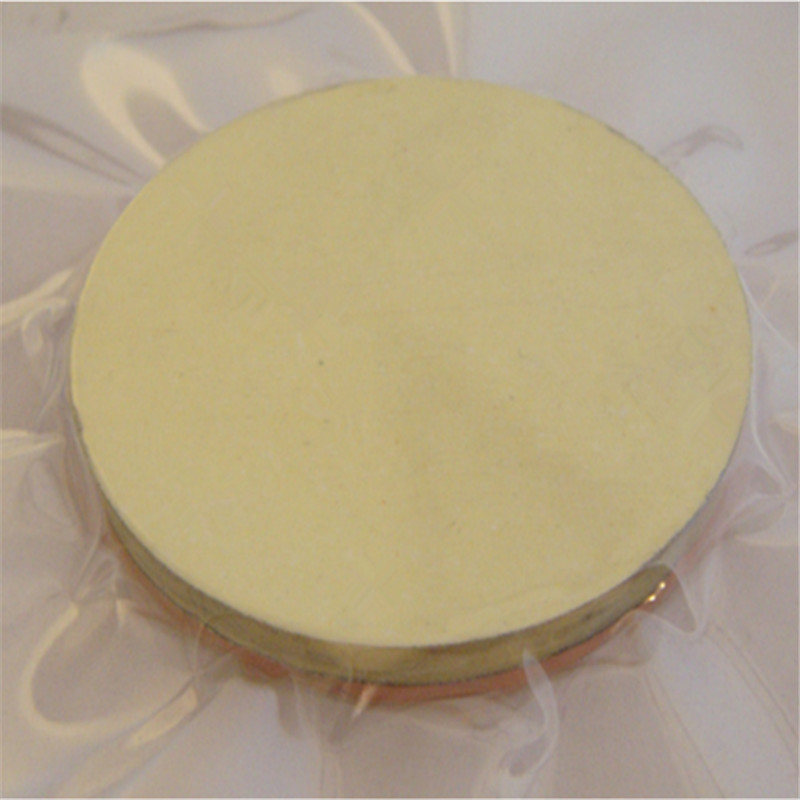How To Use Cerium Oxide
Introduction
Cerium, a rare-earth metal abundant in the Earth’s crust, is employed in both pharmaceutical and industrial sectors. It is available in several forms. Cerium dioxide, used in catalysts, fuel cells and as a fuel additive, has received considerable attention in the nanotechnology field. This article reviews the range of applications for cerium dioxide, discusses its practical uses and addresses environmental issues.

Historical Background of Cerium
Cerium in oxide form was first recognised in 1803. Scientists in Sweden and Germany reported the discovery concurrently. Jons Jacob Berzelius in Sweden introduced the term "Ceria" to describe the oxide. Cerium occurs in several mineral classes, including carbonates, phosphates, silicates, oxides and hydroxides. Industrial sources include minerals such as Bastnäsit and Monazite.
Applications of Cerium Dioxide
The insolubility of cerium dioxide in water and dilute acid enables its use as an abrasive. It is primarily used in the grinding and polishing of various materials. Historically, it was employed in the polishing of specialised glass, for example telescope mirrors. Cerium dioxide is also utilised in heat‐resistant alloy coatings and ceramic coatings.
Further reading: Applications of Cerium Dioxide in Polishing, Decolouration and Clarification

CeO2 Nanoparticles in Nanotechnology
CeO2 nanoparticles are employed in catalysts, fuel cells and the production of electronics. Their production in industrial facilities has raised environmental concerns. Studies modelling mass flow suggest that these nanoparticles may enter terrestrial environments and accumulate in landfills and soils.
Environmental Persistence and Challenges
Understanding the fate of CeO2 nanoparticles in the environment is essential, particularly in geochemical settings at low temperatures. Detection and quantification of these particles in various environmental media remains challenging. Reports indicate that aquatic and terrestrial organisms are exposed to CeO2 nanoparticles. This exposure may pose risks to human health and ecosystems. Conflicting data on the toxicological effects, which report both antioxidant activity and the production of reactive oxygen species, complicate future regulation and risk assessments.
Conclusion
Cerium dioxide has a well-documented history and is used in diverse applications in materials science. Its uses range from traditional polishing applications to those in nanotechnology. Proper procedures and environmental considerations must guide its application to ensure safe utilisation.

 Bars
Bars
 Beads & Spheres
Beads & Spheres
 Bolts & Nuts
Bolts & Nuts
 Crucibles
Crucibles
 Discs
Discs
 Fibers & Fabrics
Fibers & Fabrics
 Films
Films
 Flake
Flake
 Foams
Foams
 Foil
Foil
 Granules
Granules
 Honeycombs
Honeycombs
 Ink
Ink
 Laminate
Laminate
 Lumps
Lumps
 Meshes
Meshes
 Metallised Film
Metallised Film
 Plate
Plate
 Powders
Powders
 Rod
Rod
 Sheets
Sheets
 Single Crystals
Single Crystals
 Sputtering Target
Sputtering Target
 Tubes
Tubes
 Washer
Washer
 Wires
Wires
 Converters & Calculators
Converters & Calculators
 Write for Us
Write for Us
 Chin Trento
Chin Trento



